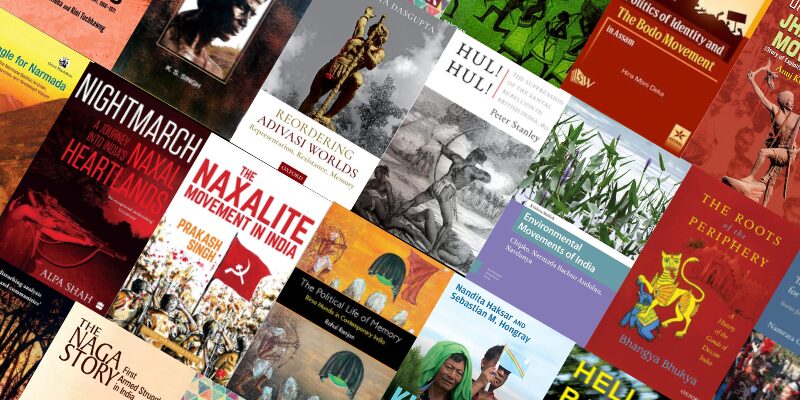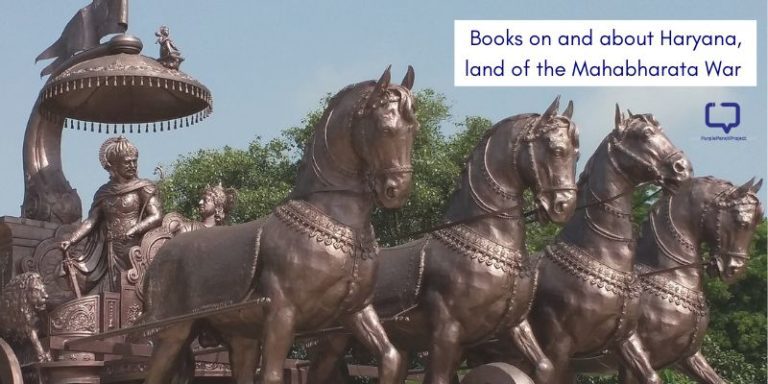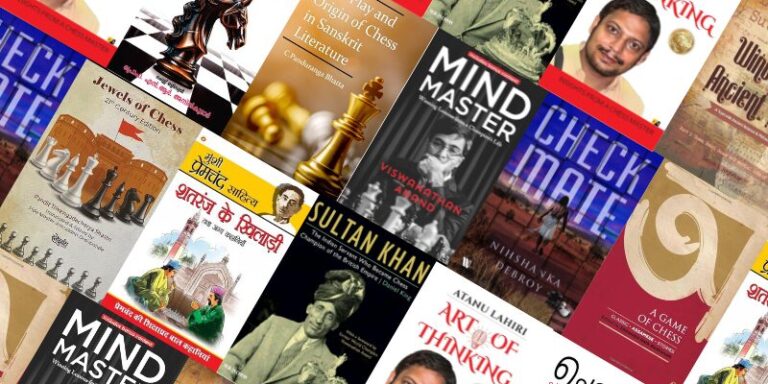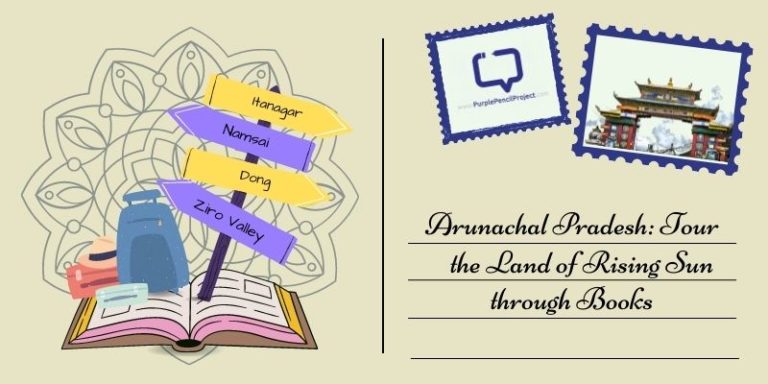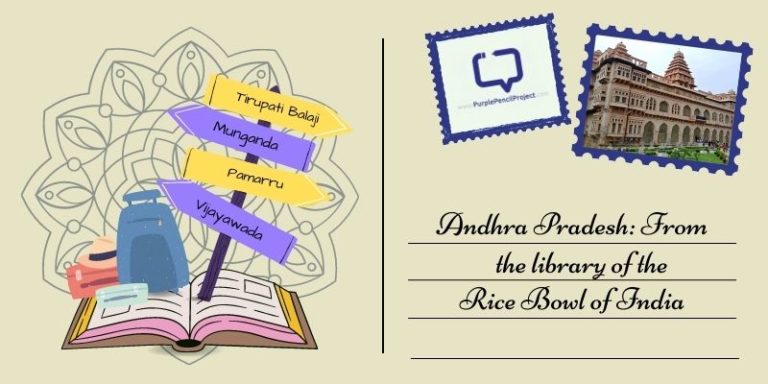The world we see is often not the only world there is.
By extension, the India we see is often not the only India there is.
The same country known for its Gandhian principles of non-violence has many strata whose populations can’t go on hunger strikes because that would mean they otherwise aren’t hungry. For many, armed rebellions remain the only option. As the tussle between the state and tribes nationwide grew, a plethora of Adivasi movements in India sprung up, as we shall see through the books listed below.
These movements were people’s road to asking for their rights from the powers that be, whether to have a land of their own or to preserve what they already had. While we aim for comprehensiveness, there always remains scope for improvement. If you think we missed a book that should have been included, please comment below and let us know!
We encourage you to buy books from a local bookstore. If that is not possible, please use the links on the page and support us. Thank you.







